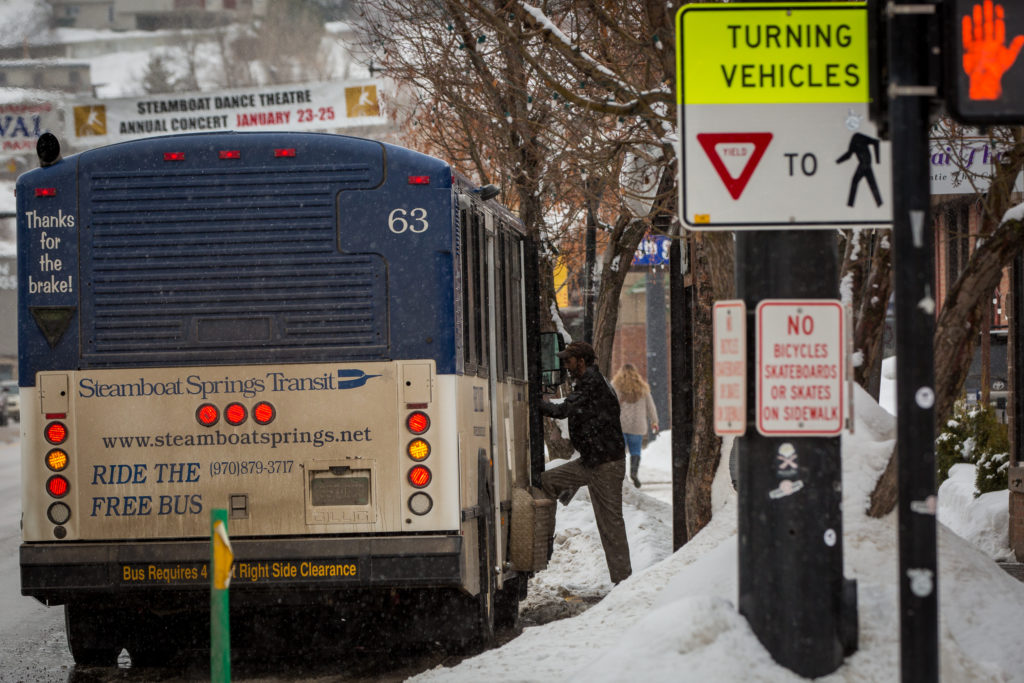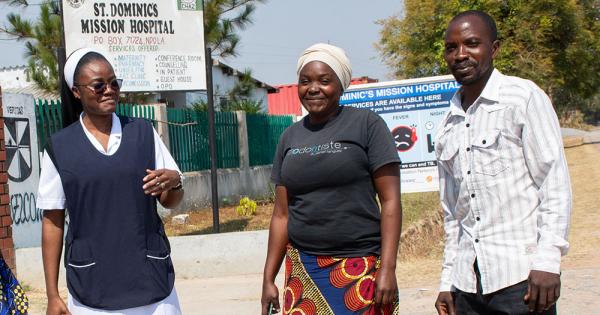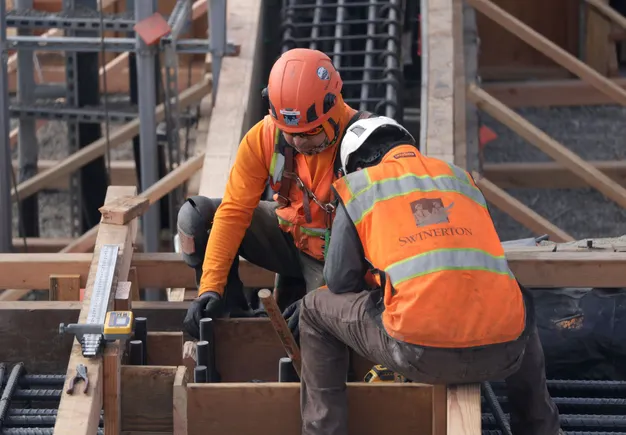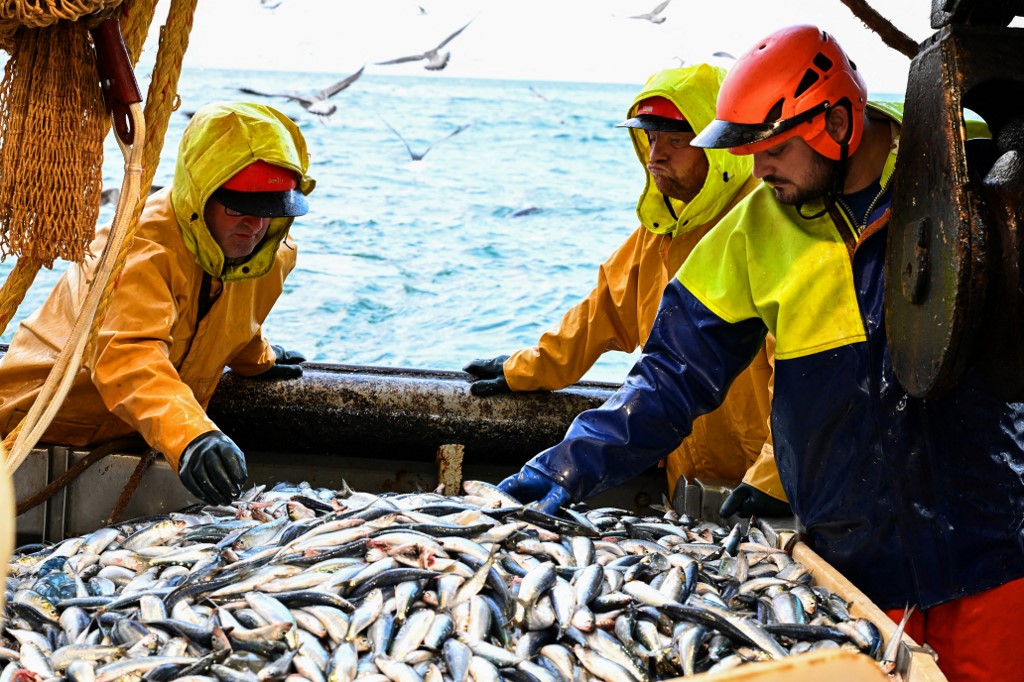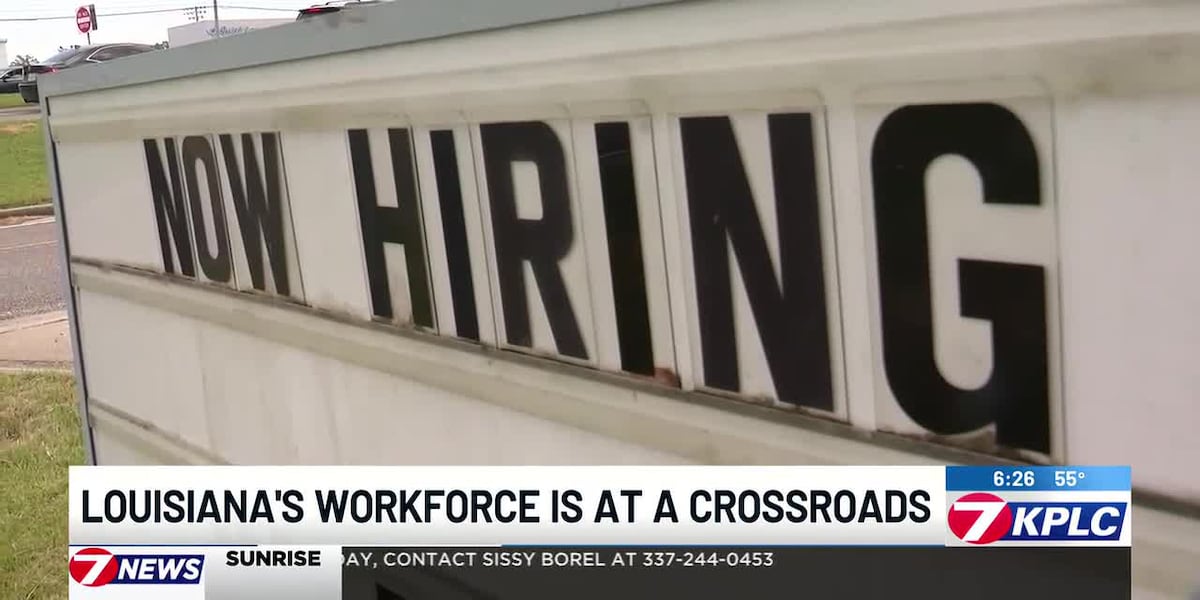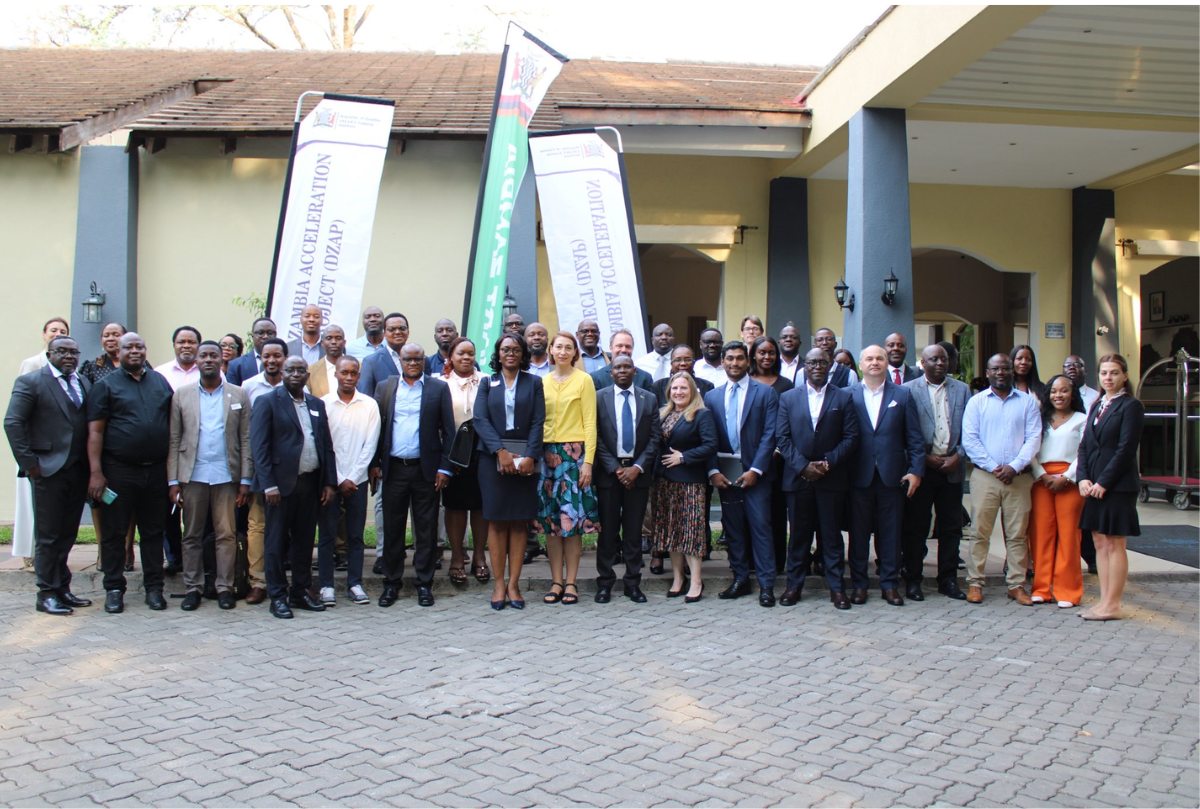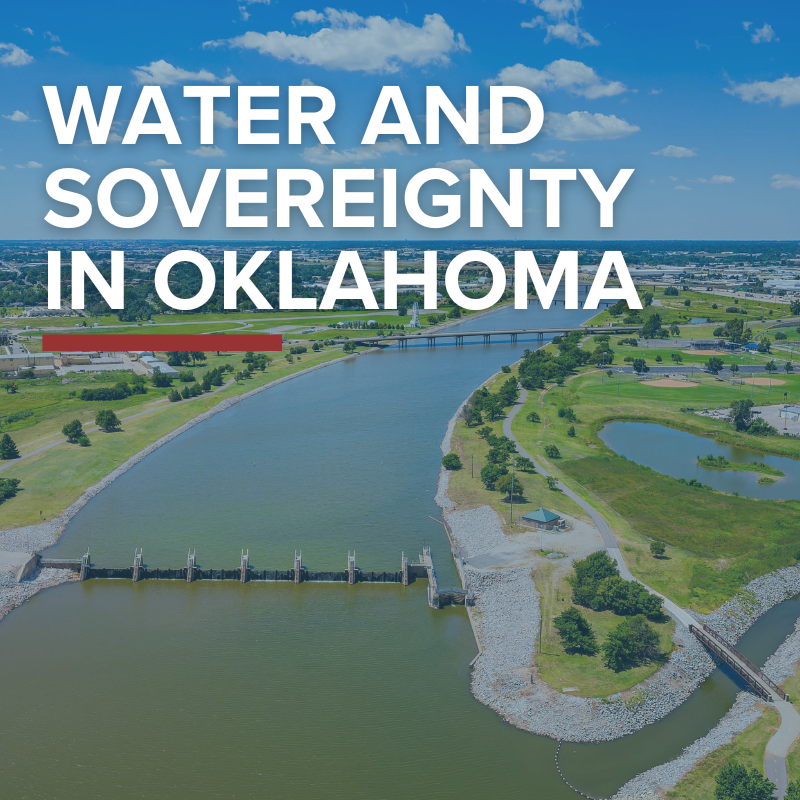City of Fort Smith works to repair two water main breaks – KHBS

Report on Fort Smith Water Infrastructure Failure and Alignment with Sustainable Development Goals
Incident Overview
A significant disruption to municipal water services occurred in the City of Fort Smith, Arkansas. This report details the event, the official response, and an analysis of its implications for key United Nations Sustainable Development Goals (SDGs).
- Primary Incident: A failure of a 24-inch water main near Sodie’s Wine and Spirits. The estimated completion for repairs is Monday or Tuesday.
- Secondary Incident: A second water main break was reported on Sunday near the intersection of North 14th Street and North D Street, with repairs expected to be concluded by the end of the day.
- Immediate Consequences: The primary break has led to low water pressure for some customers and localized flooding was reported at the secondary break location.
Municipal Response and Community Impact
The City of Fort Smith Water Utilities Department initiated an immediate response to mitigate the impacts of the infrastructure failure. The response has direct consequences for residents and community activities, reflecting a necessary shift in resource management.
Emergency Water Conservation Measures
In response to the service disruption, the city has enacted Emergency Phase II Water Conservation measures citywide. These measures are critical for preserving the water supply for essential needs and directly impact community consumption patterns. Prohibited non-essential uses include:
- Lawn irrigation
- Washing cars
- Filling swimming pools
- Exterior surface cleaning
Infrastructure and Logistical Impacts
- Traffic Disruption: Leigh Avenue is closed to all traffic between Phoenix Avenue and Airport Drive until further notice to facilitate repair operations.
- Service Pressure: Customers in the vicinity of the primary repair site may experience low water pressure.
Assessment in Relation to Sustainable Development Goals (SDGs)
This infrastructure failure and the subsequent response provide a practical case study for several SDGs, highlighting the interconnectedness of water management, urban resilience, and sustainable consumption.
-
SDG 6: Clean Water and Sanitation
This goal is central to the incident, as the water main break directly challenges the provision of safe and reliable water.
- The failure underscores the critical importance of resilient infrastructure (Target 6.1) to ensure universal access to clean water.
- The city’s emergency conservation plan is a form of integrated water resources management (Target 6.5) enacted to cope with infrastructure stress and protect public health and sanitation.
-
SDG 11: Sustainable Cities and Communities
The event tests the city’s capacity to maintain essential services and manage disruptions, which is fundamental to creating resilient and sustainable communities.
- The water shortage and road closures impact the city’s operational resilience, directly relating to Target 11.5, which aims to reduce the adverse effects of disasters on urban populations.
- Maintaining functional water and transport infrastructure is essential for a safe, inclusive, and sustainable urban environment.
-
SDG 9: Industry, Innovation and Infrastructure
The incident highlights the vulnerability of existing infrastructure and the need for continuous investment and modernization.
- This failure serves as an indicator of the challenges in maintaining aging utility systems and emphasizes the need to build and upgrade reliable and resilient infrastructure as outlined in Target 9.1.
-
SDG 12: Responsible Consumption and Production
The city’s mandatory water conservation measures are a direct application of the principles of responsible resource management.
- By prohibiting non-essential water use, the city is enforcing sustainable consumption patterns and promoting the efficient use of a natural resource (Target 12.2) during a period of acute scarcity.
SDGs Addressed in the Article
SDG 6: Clean Water and Sanitation
- The article’s central theme is a major water main break, which directly relates to the management and provision of clean water. The disruption of the water supply, the need for emergency repairs by the Water Utilities Department, and the resulting low water pressure for customers all fall under the purview of SDG 6.
SDG 11: Sustainable Cities and Communities
- The incident described is a failure of critical urban infrastructure (the water main). This affects the resilience and sustainability of the City of Fort Smith. The consequences, such as road closures (“Leigh Avenue is closed to all traffic”), flooding, and disruption of basic services, are key concerns of SDG 11, which aims to make cities inclusive, safe, resilient, and sustainable.
Specific Targets Identified
-
Target 6.1: By 2030, achieve universal and equitable access to safe and affordable drinking water for all.
- The article highlights a direct challenge to this target. The water main break and the subsequent “low water pressure” experienced by customers represent a disruption in reliable access to safe drinking water for the residents of Fort Smith.
-
Target 6.4: By 2030, substantially increase water-use efficiency across all sectors and ensure sustainable withdrawals and supply of freshwater to address water scarcity.
- The implementation of “Emergency Phase II Water Conservation measures” is a direct action related to this target. Although prompted by an emergency rather than long-term scarcity, the prohibition of “lawn irrigation and other non-essential uses like washing cars, filling swimming pools, and exterior surface cleaning” is a measure to manage water use and increase efficiency during a period of constrained supply.
-
Target 11.5: By 2030, significantly reduce the number of deaths and the number of people affected and substantially decrease the direct economic losses relative to global gross domestic product caused by disasters, including water-related disasters…
- A large-scale water main break can be classified as a local, water-related disaster. The article details how people are affected through mandatory water conservation, low water pressure, road closures, and localized “flooding… reported in the area.” These impacts align with the goal of mitigating the effects of such disasters on a city’s population.
Indicators for Measuring Progress
-
Indicator related to Target 6.1 (Implied): Proportion of population experiencing service interruptions or low pressure.
- The article states that “some customers in the vicinity may experience low water pressure.” A direct way to measure progress would be to track the number of households or people affected by such incidents and the duration of the disruption. This serves as a practical measure of the reliability of the water supply service, which is a component of the official indicator 6.1.1 (Proportion of population using safely managed drinking water services).
-
Indicator related to Target 11.5 (Implied): Number of people affected by infrastructure failure.
- The article provides several data points that could be used as indicators for the number of people affected. This includes the entire city’s population under “Emergency Phase II Water Conservation measures,” the number of commuters impacted by the closure of Leigh Avenue, and the residents in the area of the second break who experienced flooding. Quantifying these numbers would directly measure the impact of this water-related disruption.
Summary of SDGs, Targets, and Indicators
| SDGs | Targets | Indicators (Mentioned or Implied) |
|---|---|---|
| SDG 6: Clean Water and Sanitation | Target 6.1: Achieve universal and equitable access to safe and affordable drinking water for all. | Number of customers experiencing low water pressure or service interruptions. |
| SDG 6: Clean Water and Sanitation | Target 6.4: Substantially increase water-use efficiency across all sectors. | Implementation of citywide water conservation measures prohibiting non-essential water use. |
| SDG 11: Sustainable Cities and Communities | Target 11.5: Significantly reduce the number of people affected by disasters, including water-related disasters. | Number of people affected by conservation measures, road closures, and localized flooding. |
Source: 4029tv.com

What is Your Reaction?
 Like
0
Like
0
 Dislike
0
Dislike
0
 Love
0
Love
0
 Funny
0
Funny
0
 Angry
0
Angry
0
 Sad
0
Sad
0
 Wow
0
Wow
0



